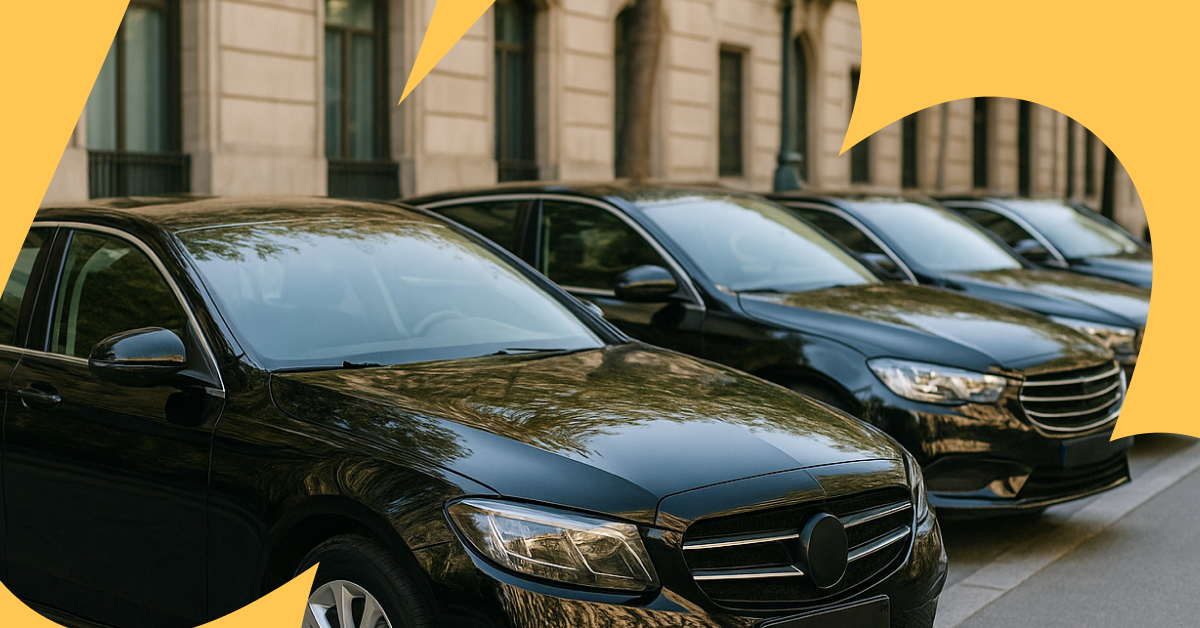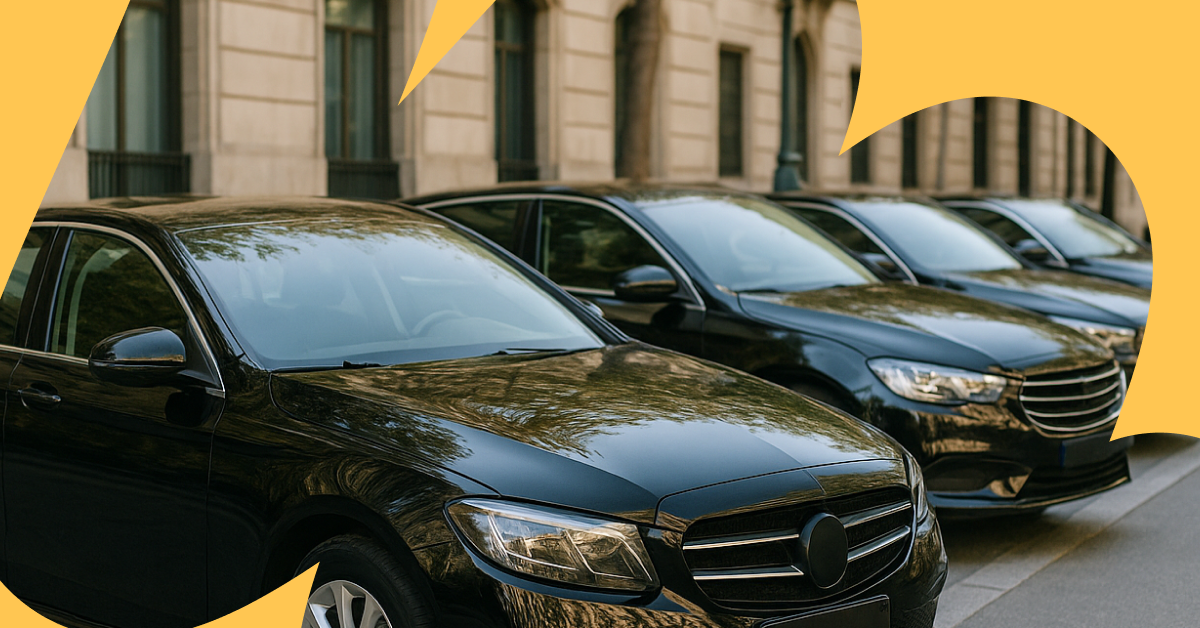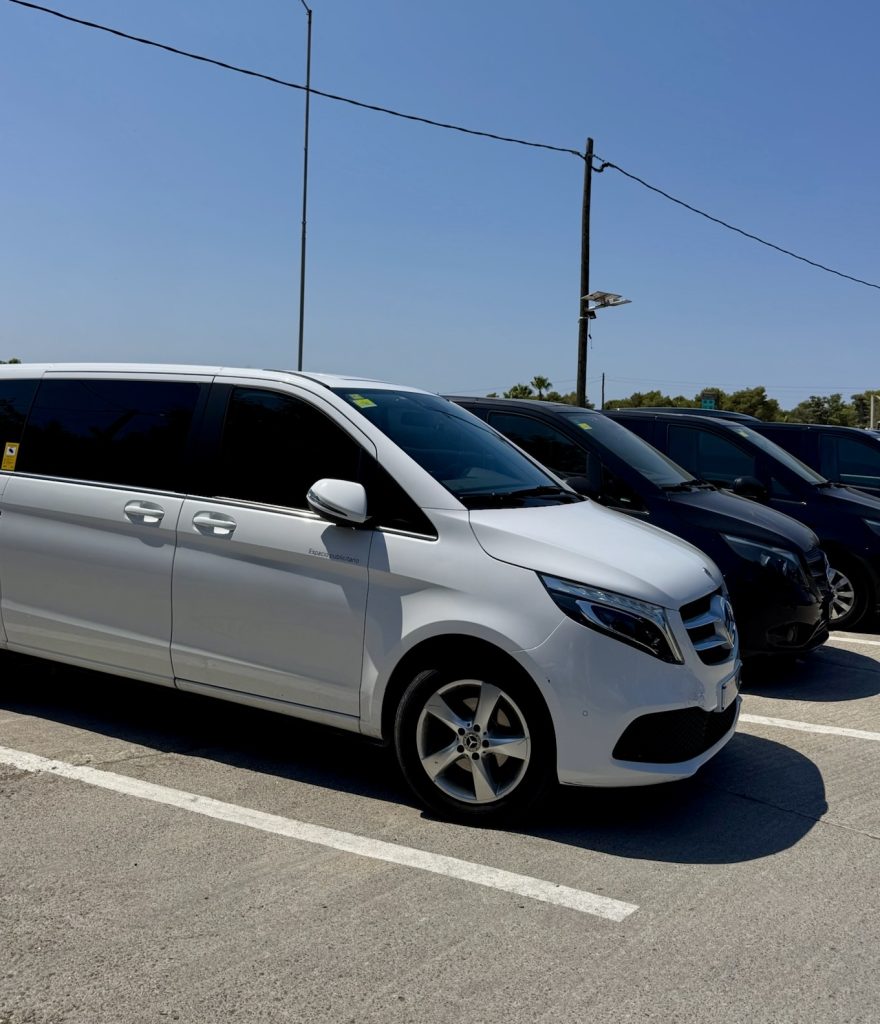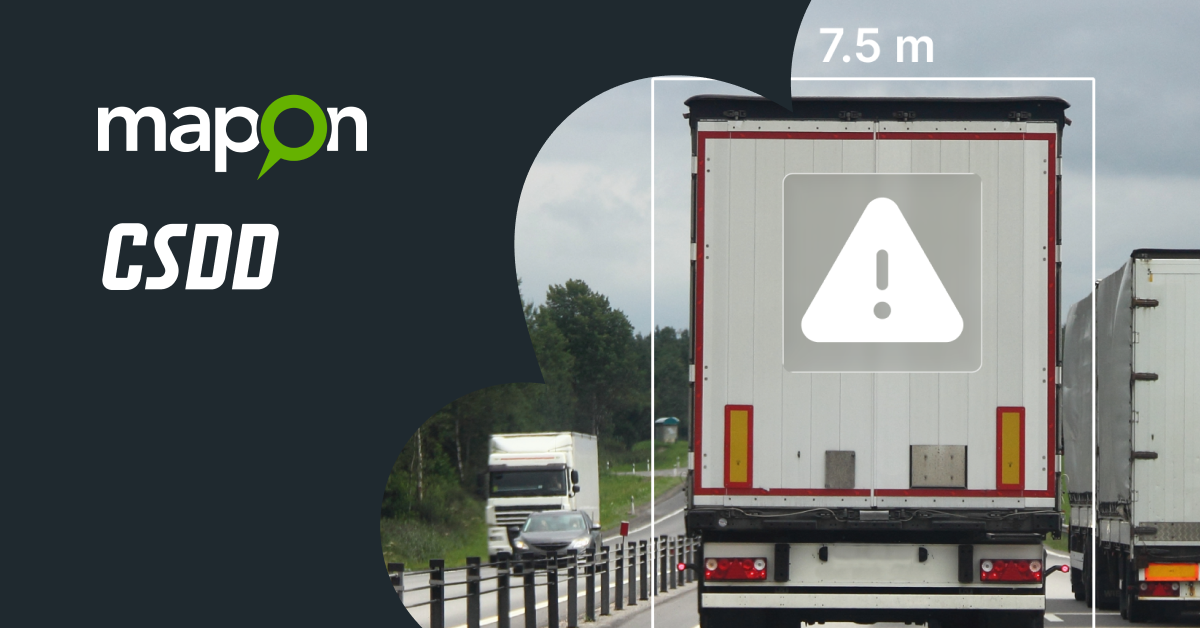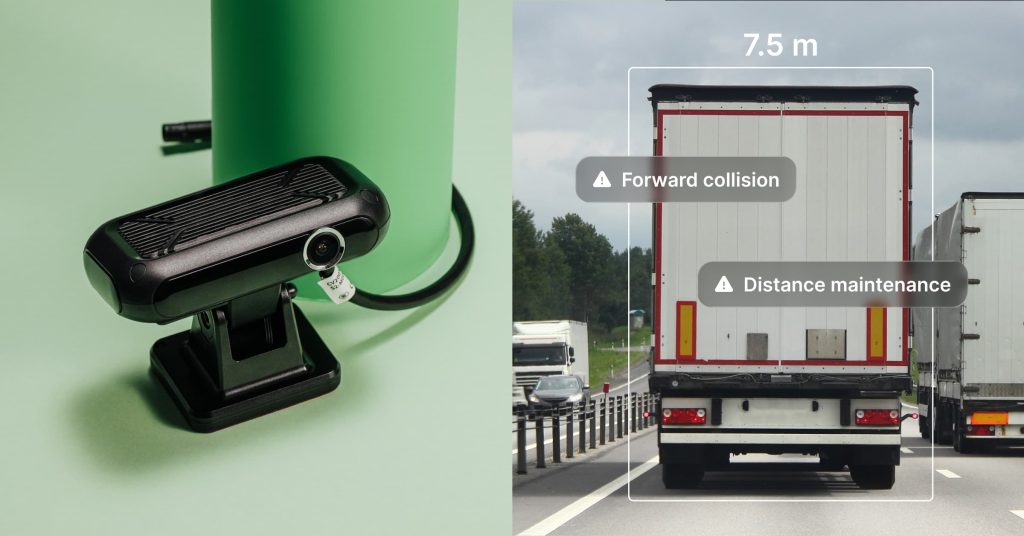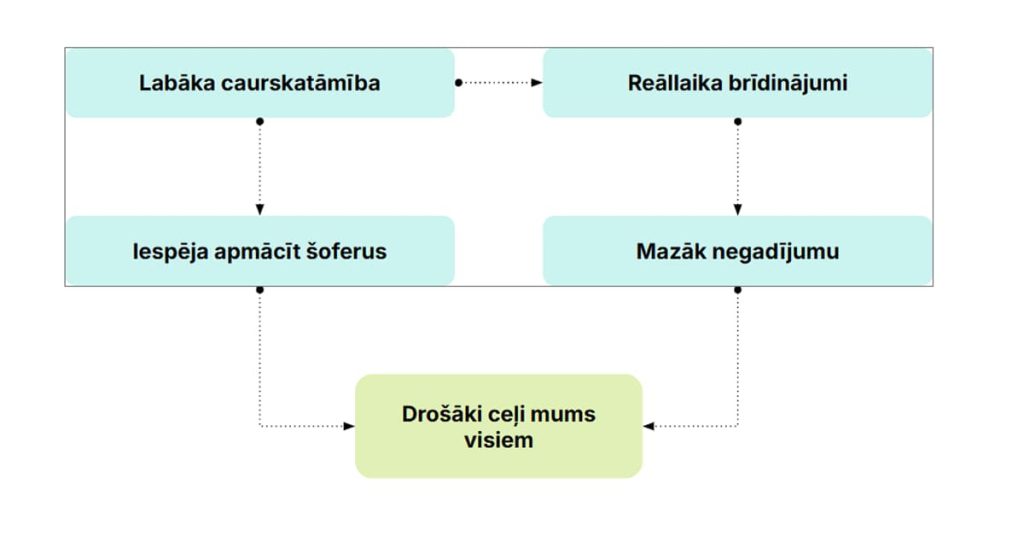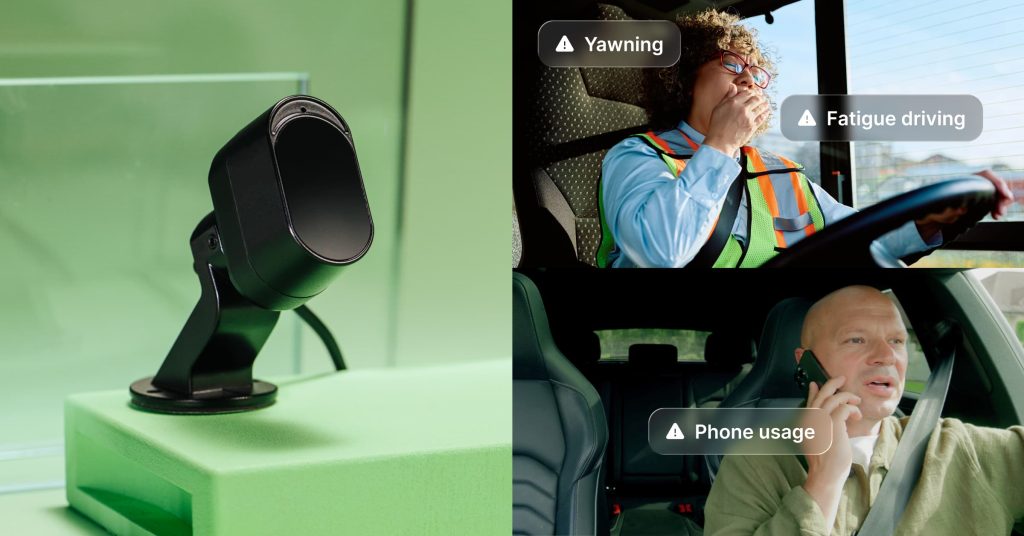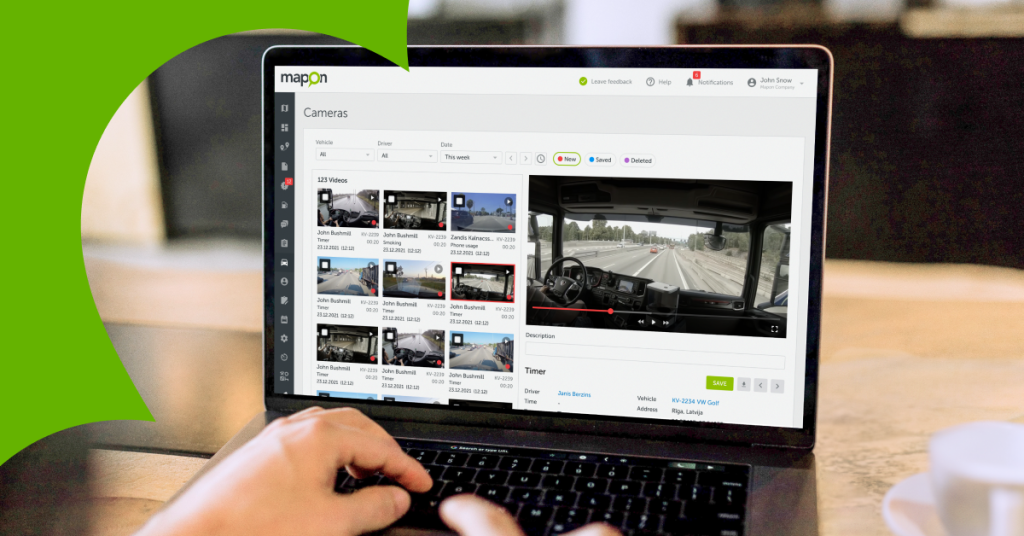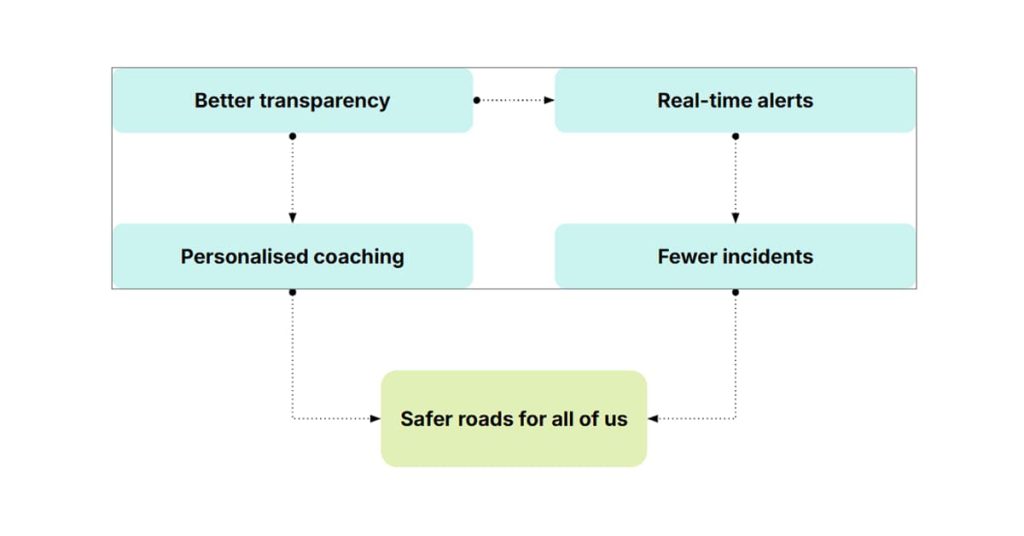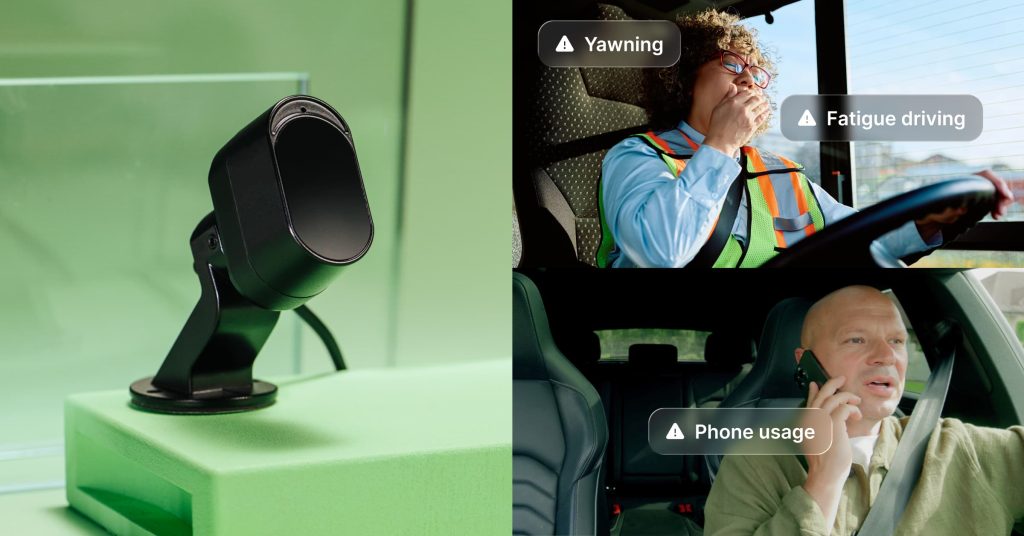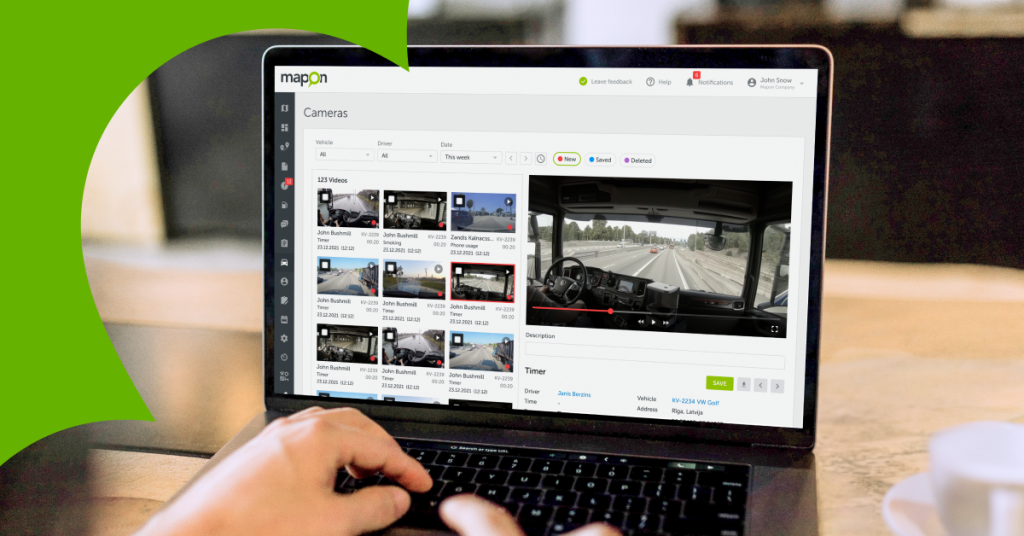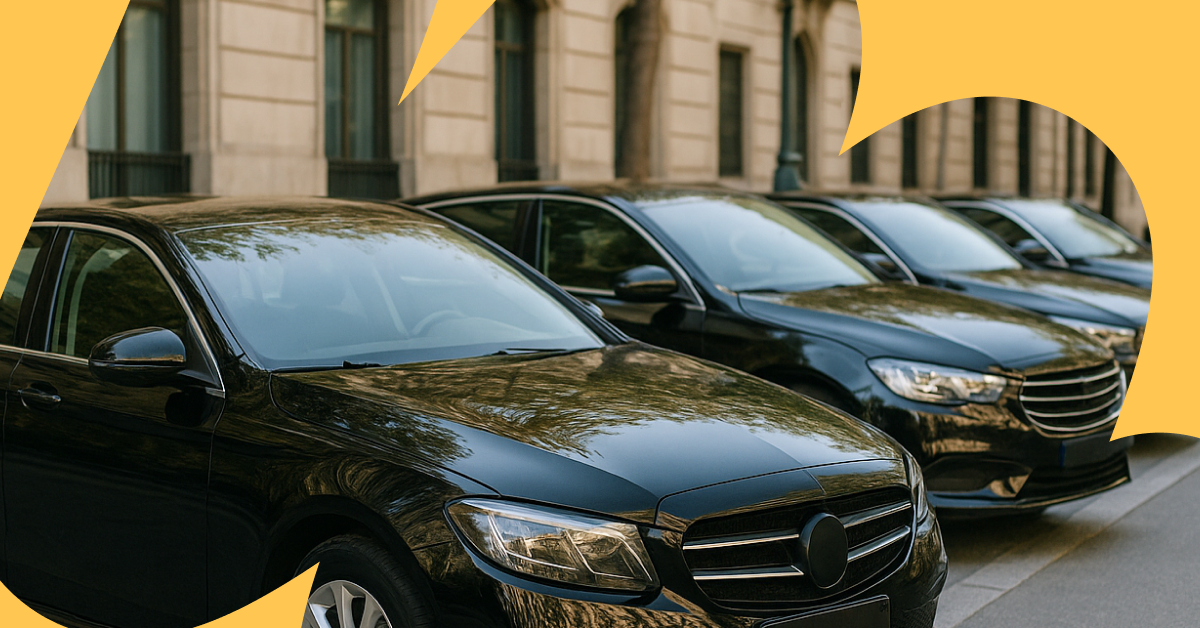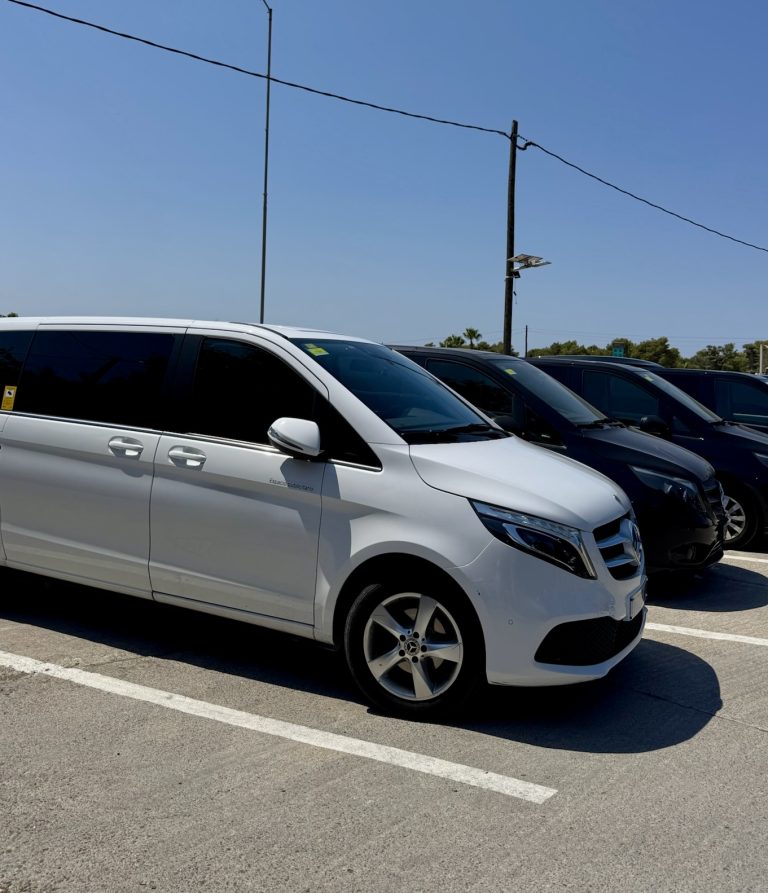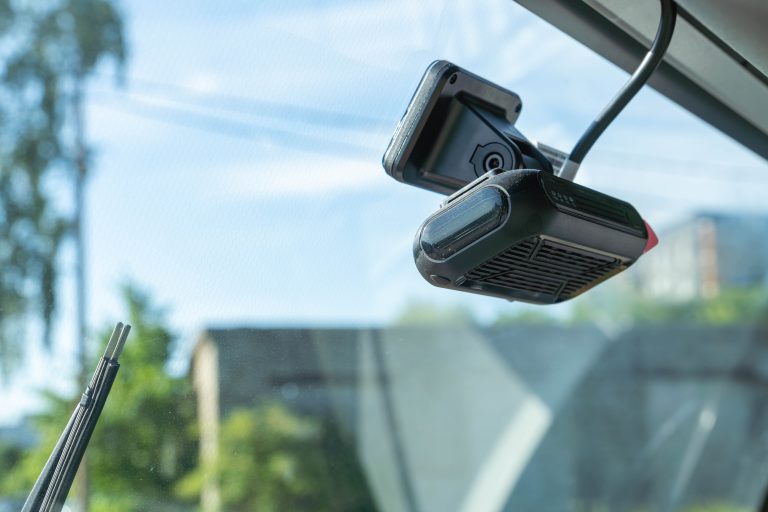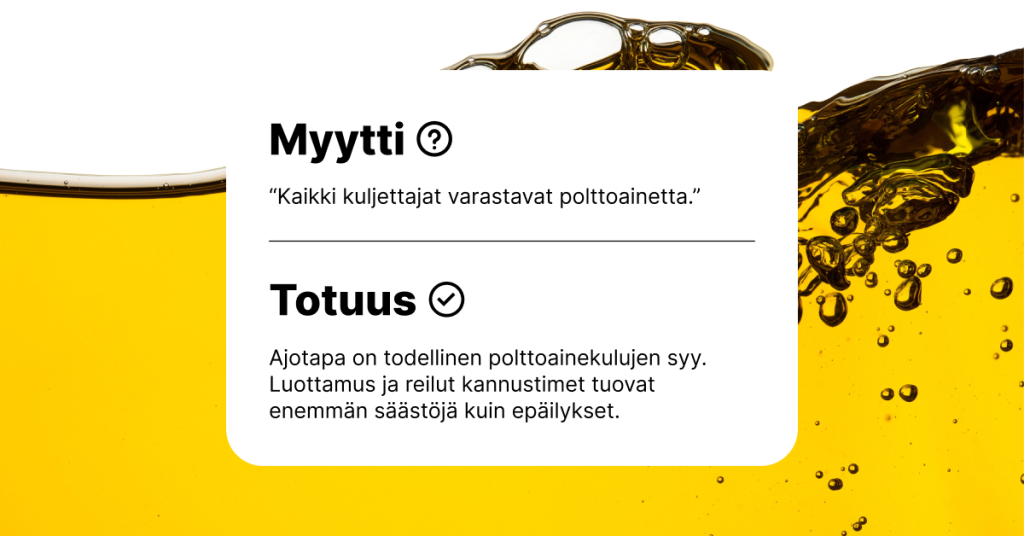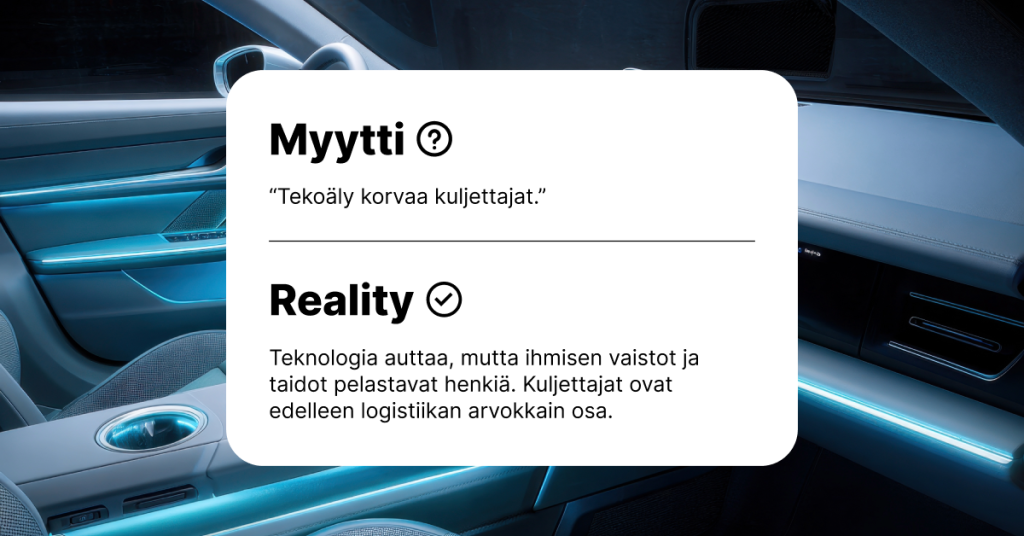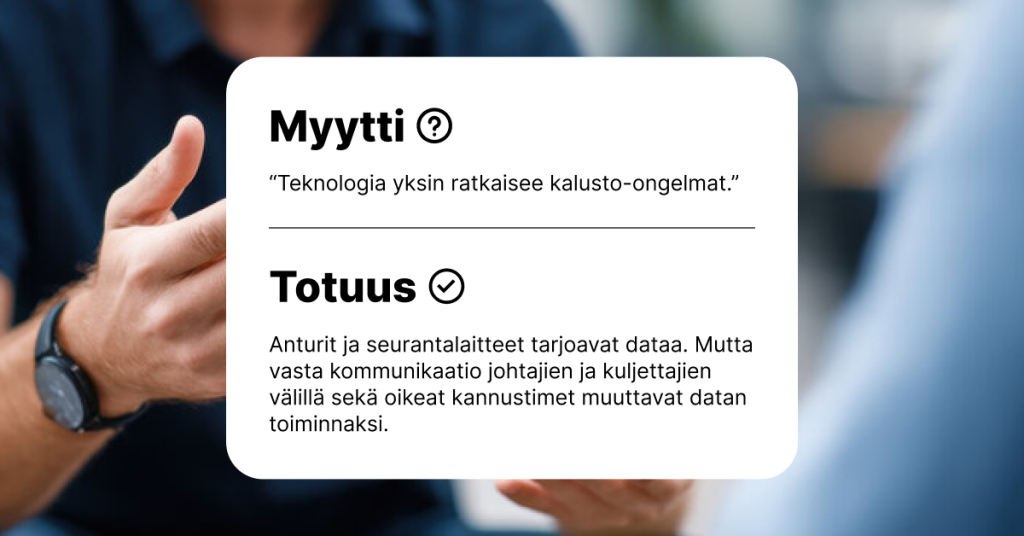Kyytipalveluihin erikoistunut henkilökuljetusalan asiakkaamme hallinnoi laajaa ajoneuvokalustoa, joka tarjoaa yksityisiä, erilaisiin tarpeisiin räätälöityjä kuljetuksia. Palvelun kysyntä kasvaa huomattavasti sesonkiaikoina, mikä tekee toiminnasta entistä intensiivisempää ja monimutkaisempaa.
Pystyäkseen hallitsemaan sesonkiajan kiirettä, yrityksen täytyi parantaa kaluston turvallisuutta, ehkäistä virheellisiä väitteitä ja ratkaista kiistat nopeasti ja luotettavasti. Tässä he kääntyivät Maponin videotelematiikkaratkaisun puoleen: investointi 40 ajoneuvokameraan, joka maksoi itsensä takaisin jo yhden tapauksen ansiosta.
Elämä ennen Maponia
Ennen Maponin käyttöönottoa yritys hyödynsi vain perinteistä GPS-seurantaa. Se mahdollisti ajoneuvojen sijainnin ja nopeuden seurannan, mutta ei tarjonnut kaikkia työkaluja moderniin kalustonhallintaan, eikä suojaa kiistatilanteissa kolmansien osapuolten kanssa.
“Teimme aiemmin yhteistyötä yrityksen kanssa, joka tarjosi pelkän GPS-sijainnin. Meidän piti istua alas erikseen jokaisen kuljettajan kanssa ymmärtääksemme, miten heidän päivänsä sujui. Emme voineet ennakoida ongelmia, vain reagoimaan jälkikäteen”, kalustopäällikkö kertoo.
Ilman objektiivista näkyvyyttä ajon aikana tapahtuneisiin tilanteisiin yrityksen oli vaikea reagoida nopeasti esimerkiksi liikenneonnettomuuksiin tai ristiriitoihin ulkopuolisten alustojen kanssa. Kameroiden asentaminen toi mukanaan selkeän visuaalisen todisteen, joka mahdollisti näiden tapausten käsittelyn tehokkaammin, läpinäkyvämmin ja kaikkien osapuolten luottamusta vahvistaen.
Miksi Mapon?
Päätös investoida Maponin kamerajärjestelmään syntyi selkeästä tarpeesta: parantaa turvallisuutta ja saada puolueetonta näyttöä epäselvissä tilanteissa. Yritys päätti asentaa jokaiseen ajoneuvoon kaksi kameraa – yhden eteenpäin suunnatun ja yhden matkustamoon päin suunnatun.
“Uskomme, että kamerat tuovat turvallisuutta paitsi kuljettajalle myös matkustajille.”
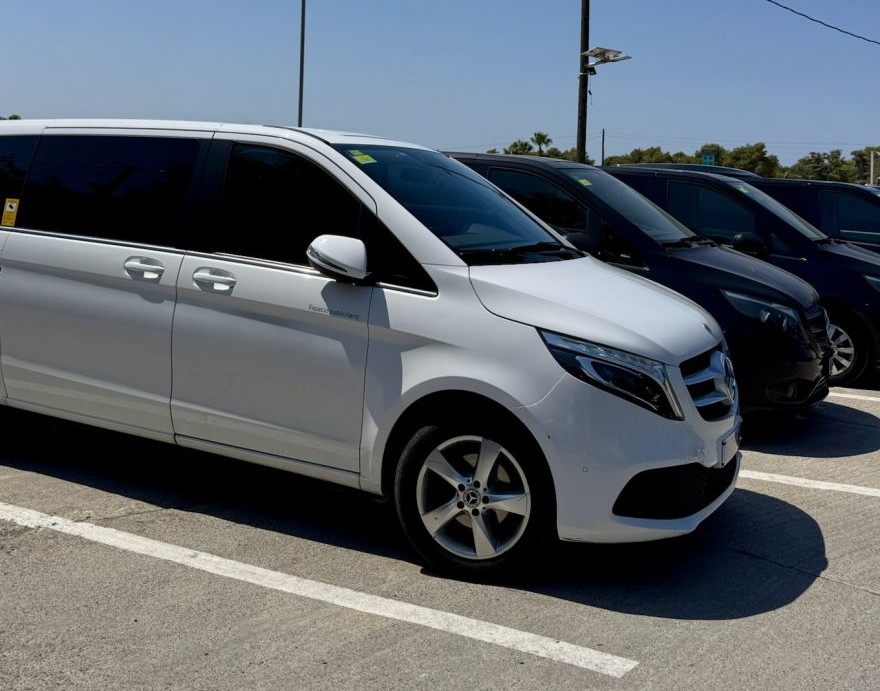
Laitteiston lisäksi ratkaiseva tekijä oli Maponin monipuolinen alusta, joka mahdollisti koko kalustonhallinnan keskittämisen yhteen paikkaan:
- Polttoaineenkulutuksen ja ajotavan seuranta
- Automaattinen kriittisten tapahtumien tunnistus, kuten äkkijarrutukset ja -käännökset
- Automaattisten videotallenteiden käyttö etänä
- Selkeä käyttöliittymä ja nopea tekninen tuki
“Pikkuhiljaa käytämme yhä enemmän Maponin toimintoja. Näemme alustassa paljon potentiaalia, ja aiomme tehdä siitä keskeisen työkalun arjessamme”, asiakas kertoo.
Yksi onnettomuus muutti kaiken
Investoinnin todellinen arvo tuli ilmi vakavan onnettomuuden jälkeen. Kiireisimmän sesongin aikana yksi yrityksen ajoneuvoista joutui nokkakolariin, kun toinen auto ajautui väärälle kaistalle.
“Auto meni täysin lunastukseen. Onneksi meillä oli Mapon-kamerat asennettuna – tallenteelta näkee selvästi, kuinka toinen ajoneuvo tulee meidän kaistallemme”, kalustopäällikkö kertoo.
Kameratallenteiden ansiosta he pystyivät todistamaan tapahtumien kulun selkeästi sekä vakuutusyhtiölle että viranomaisille. Video poisti kaikki epäselvyydet vastuukysymyksistä ja nopeutti korvausprosessia huomattavasti – kiistoja ei syntynyt, eikä silminnäkijöitä tai pitkiä tutkintoja tarvittu.
Tilanteesta, josta olisi voinut tulla monimutkainen ja pitkä selvitysprosessi, tuli nopea ja selkeä ratkaisu – täysin läpinäkyvästi ja ilman erimielisyyksiä.
“Sijoituksemme koko kaluston kameroihin maksoi itsensä takaisin jo tämän yhden tapauksen myötä”, asiakas kiteyttää.
Tulokset ja vaikutus kalustonhallintaan
Sen jälkeen, kun yritys asensi 40 kameraa koko kalustoonsa, he ovat nähneet merkittäviä parannuksia:
- Kuljettajat ajavat vastuullisemmin: tieto siitä, että ajo kuvataan, on parantanut ajotapoja ja turvallisuutta.
- Parempi hallinta ja tehokkuus: yrityksellä on tallenteiden tarkastamisesta vastaava henkilö, jonka tärkein tehtävä on pyrkiä hyödyntämään dataa parhaalla mahdollisella tavalla.
- Vähemmän kiistoja: videomateriaalin ansiosta erimielisyydet ratkeavat nopeasti ja puolueettomasti.
“Maponin ansiosta olemme muuttaneet sisäisiä toimintatapojamme. Nyt luotamme todellisiin mittareihin, jotka auttavat meitä tekemään parempia, tietoon perustuvia päätöksiä.”
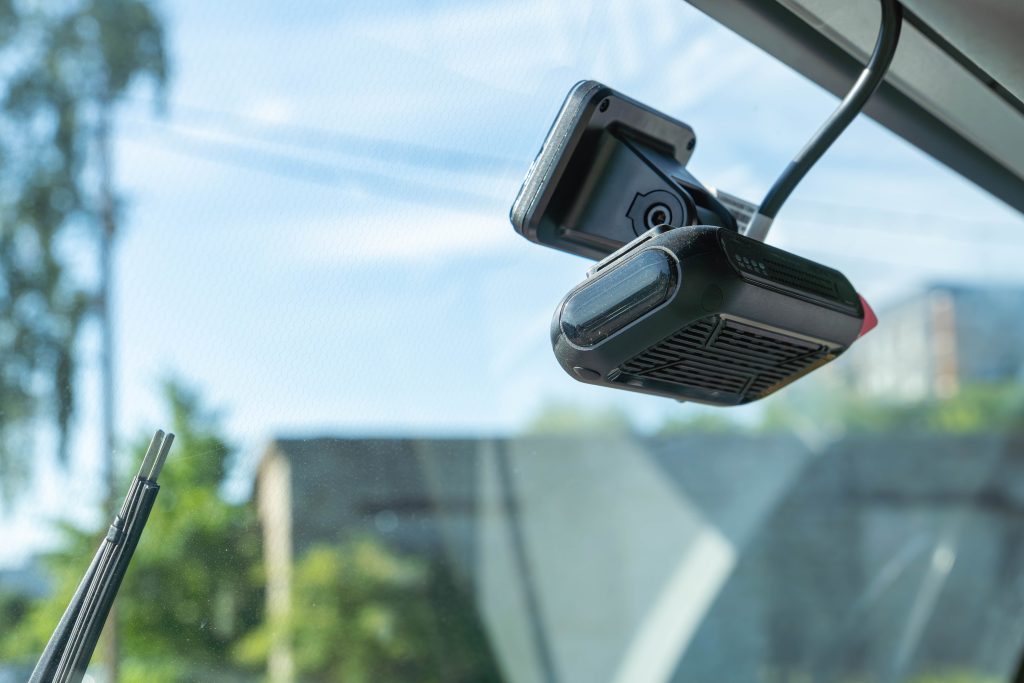
Nopea asennus ja ensiluokkainen tuki
Asennusprosessi oli nopea ja helppo. Yrityksen oma mekaanikko vastasi kameroiden asentamisesta koko ajoneuvokalustoon. Saatuaan perusohjeet hän oppi nopeasti asentamaan kamerat itsenäisesti ja tehokkaasti jokaiseen ajoneuvoon.
Kun kamerat oli asennettu, Mapon-tiimi auttoi kaikissa käyttöönoton vaiheissa – asetusten määrittämisessä, kamerakulmien tarkistuksessa ja varmistamisessa, että kaikki toimi moitteettomasti heti alusta alkaen.
“Etukameran ja sisäkameran asentaminen vei meiltä alle tunnin per auto. Maponin tekninen tuki oli erinomaista: nopeaa, selkeää ja aina tavoitettavissa. Annamme heille arvosanaksi 10”, kalustopäällikkö kertoo.
Nyt nähdään kaikki se, mikä ennen perustui vain oletuksiin
Asiakkaallamme oli jo ennestään selkeät toimintaprosessit, alan kokemus ja sesonkiaikoihin optimoitu toiminta. Mutta todellisen eron toi videotelematiikka, joka paransi hallintaa, ennakointia ja reagointikykyä merkittävästi.
Maponin kamerat näyttävät sen, mitä muut järjestelmät eivät: mitä ajoneuvossa todella tapahtuu, niin sisällä kuin ulkopuolellakin. Tämä näkyvyys on lisännyt turvallisuutta, luottamusta ja tehokkuutta juuri silloin, kun sillä on eniten merkitystä.
***
Haluatko tehdä tietoon perustuvia päätöksiä ja tukea niitä selkeällä videomateriaalilla? Ota yhteyttä tiimiimme ja tutustu, miten Maponin videotelematiikkaratkaisut voivat auttaa sinua hallitsemaan kalustoasi varmemmin, joustavammin ja rauhallisin mielin.
Olipa kyseessä yksityiset kyytipalvelut, taksi- tai linja-autokuljetukset, meillä on ratkaisu juuri sinua varten.

